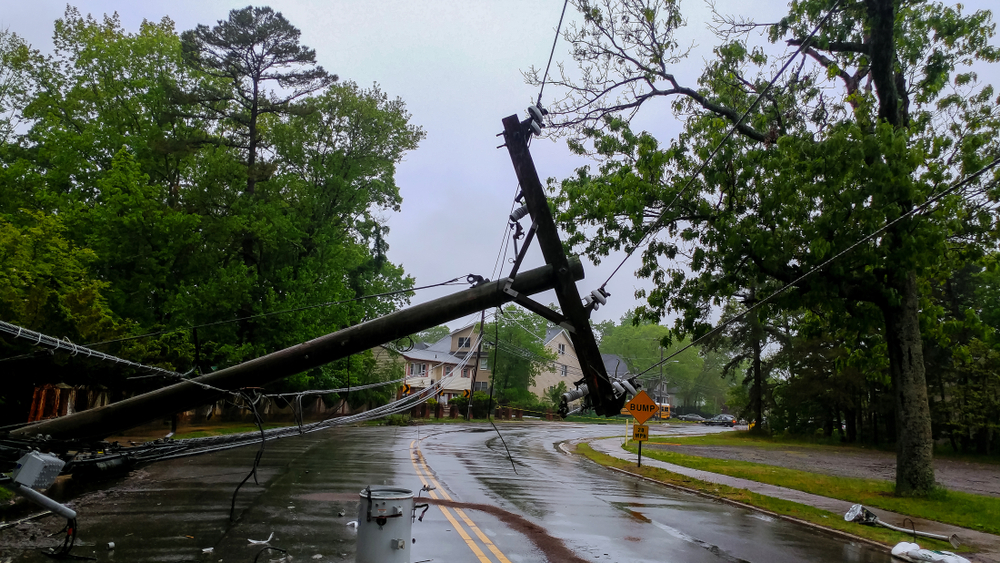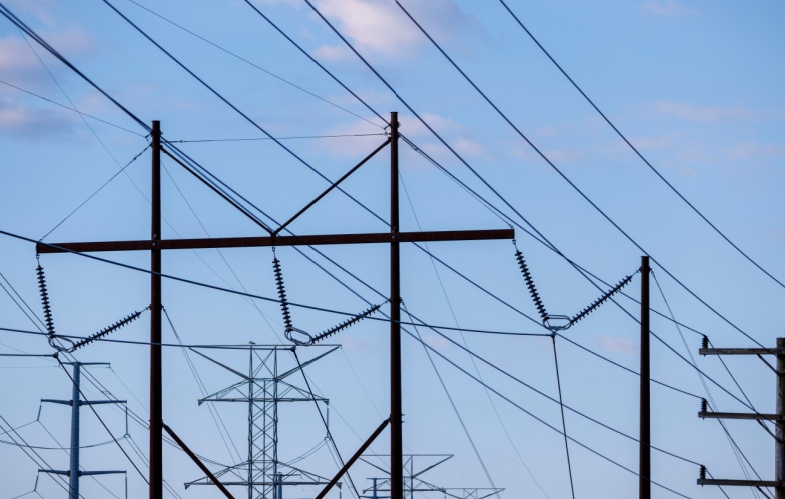Industry Insight
The New Climate Reality
Extreme weather has shifted from occasional disruption to the norm utilities must design for.
In 2024 alone, weather-related events caused over $160 billion in U.S. damages, with power outages driving most of the losses.
More than 80% of major utility disruptions now trace back to storms, floods, or temperature extremes — conditions existing infrastructure was never designed to withstand.
This isn’t just about outages. It’s about whether utilities can maintain public trust and regulatory confidence while deploying resilience programs that match the pace of climate volatility.
Why Resilience Programs Struggle
Funding is no longer the primary barrier. Between the Infrastructure Investment and Jobs Act and GRIP grants, billions are available for grid hardening.
Yet many programs still underperform. Why? Because execution breaks down in three predictable ways:
Labor shortfalls: Skilled electrical trades are in deficit. Utilities that staff for average workload discover bottlenecks during peak construction years.
Supply chain delays: Power transformer procurement now stretches two to four years, while composite poles and conductors face chronic shortages.
Permitting drag: Reviews and approvals can add months to storm-hardening projects, eroding momentum and inflating costs.
These aren’t abstract problems. They directly show up as missed milestones, cost overruns, and delayed resilience benefits for communities.
The Execution Imperative
The utilities that succeed in this environment share a common trait: program management maturity.
They don’t just have a strategy for resilience — they have an execution model capable of handling volatility.
Integrated planning: Linking storm-hardening priorities to cost-benefit data ensures the highest-risk assets get addressed first.
Controls discipline: Real-time dashboards give executives visibility into whether hardening investments are delivering as promised.
Workforce forecasting: Modeling peak labor needs years in advance avoids last-minute scrambles when storms hit.
Supply chain strategy: Bulk procurement and frame contracts lock in equipment availability before shortages appear.
Programs that embed these disciplines consistently outperform.
Instead of 20–40% cost overruns, they hold variance in the single digits.
In industry examples, storm mobilization has been cut from two weeks to just days through pre-positioning and frame contracts.
The lesson is clear: resilience is not just about capital — it’s about execution discipline.
The Stakes Ahead
From 2025–2029, utilities will invest more than $1 trillion in grid resilience and modernization.
That capital will determine reliability for decades.
But the difference between resilience leaders and laggards won’t be funding or technology — it will be execution discipline.
Regulators and boards increasingly know this.
They are no longer asking only “How much are you investing?” but “How will you prove these investments deliver measurable resilience?”
The CARIAN Perspective
At CARIAN, we see resilience as an execution challenge, not just an engineering one.
In recent programs, our integrated controls and workforce planning helped reduce cost variance from 18% to 6%, while early supply chain coordination avoided nine-month delays when transformer shortages hit the broader market.
We help utilities:
Align resilience investments with regulatory and customer priorities.
Establish controls that provide transparency to boards and regulators.
Integrate field execution with long-term planning so investments hold under real storm conditions.
Extreme weather is the new normal. The utilities that succeed will be those that execute resilience with the rigor billion-dollar programs demand.




